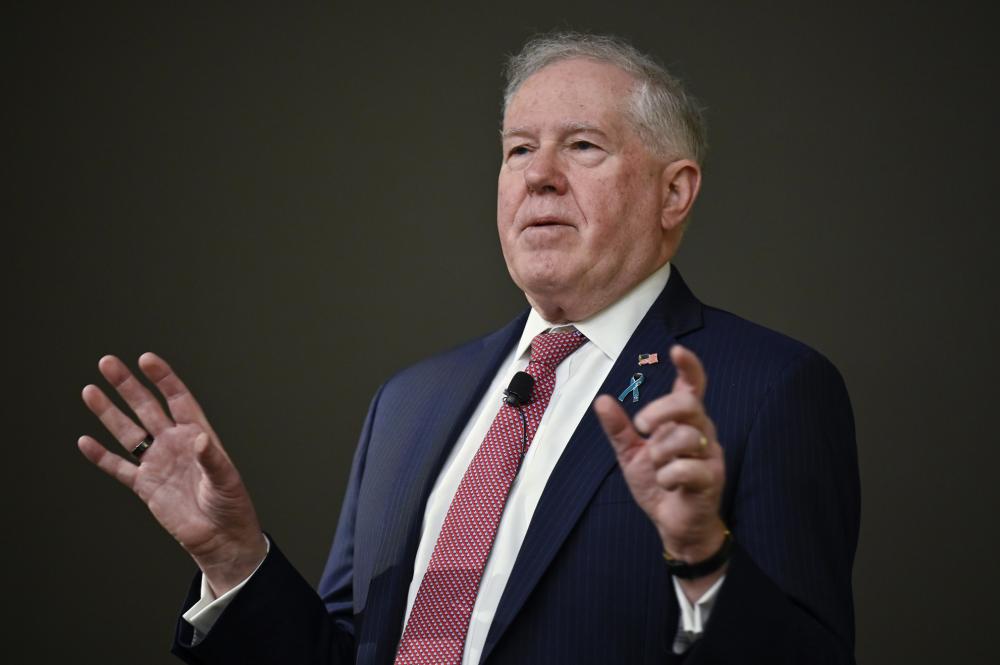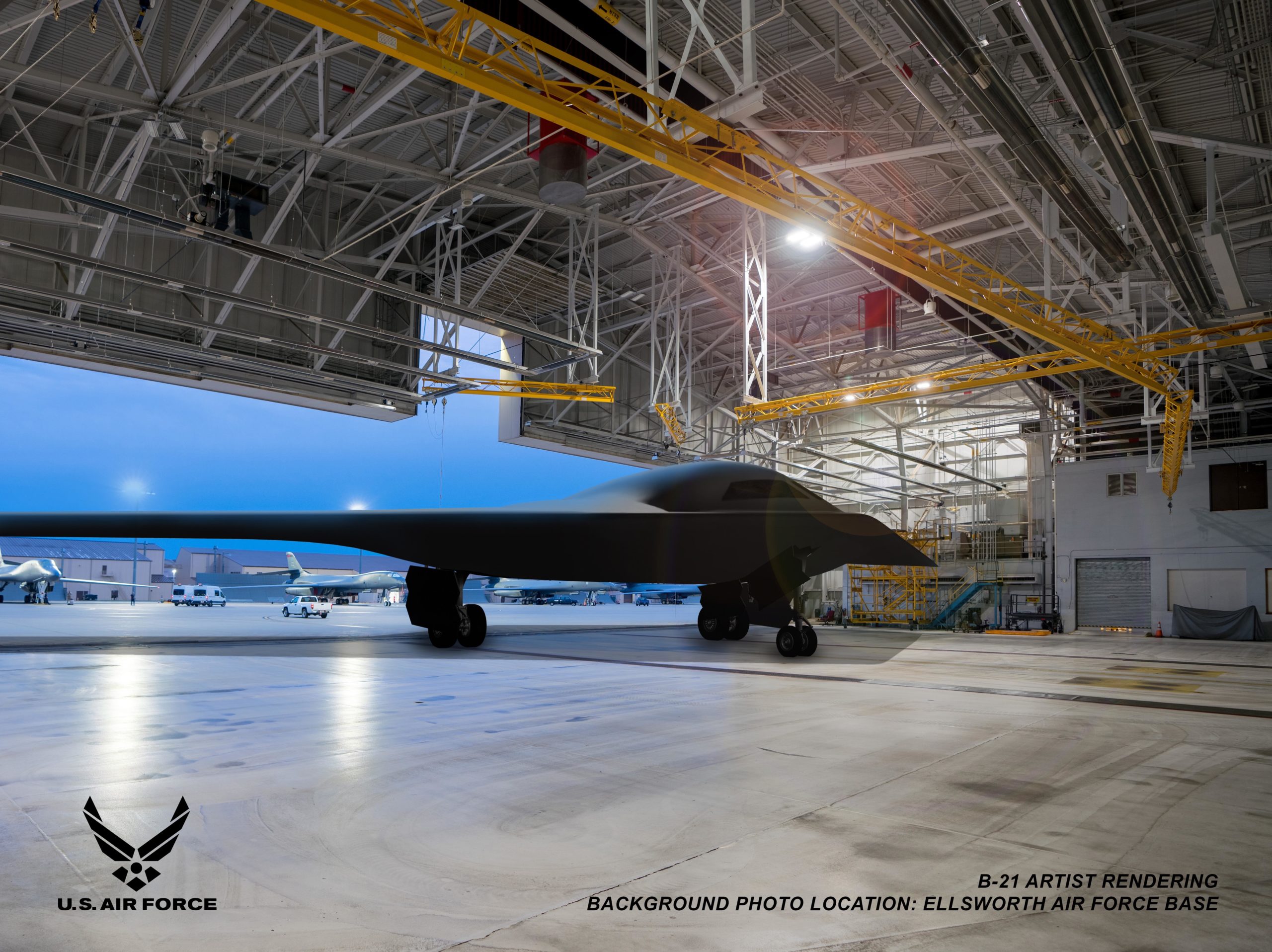B-21 Development Applying Tough Lessons From B-2
Aug 21, 2019
Lee Hudson | Aerospace Daily & Defense Report
PALMDALE, California— The U.S. Air Force is taking lessons learned from the plagued B-2 Spirit bomber development program and applying them to the next-generation B-21 Raider. While it is unknown when the B-2 will retire, the aging stealth bomber may end up flying alongside the B-21. ... Although technical and acquisition problems inundated B-2 development, the classified B-21 is taking a different approach. ...
B-21 development appears to be progressing; the Air Force’s No. 2 officer—Air Force Vice Chief of Staff Gen. Stephen Wilson—has said first flight is slated for December 2021. ... An Air Force illustration issued in 2016 of the B-21 design suggests it may closely resemble the B-2. ... “What we’ve learned on B-2 are finding themselves baselined in the design for B-21 for supportability, sustainability, [and] mission capable rate.”
The aging B-2s must be overhauled every nine years and are taken off the flight line for up to 12 months. Maintenance includes modifications and upgrades to antenna technology, avionics and software systems, costing U.S. taxpayers an average of $60 million for each aircraft, says Richard Sullivan, vice president and B-2 program manager at Northrop Grumman.
Separately, the Air Force is funding the $3 billion B-2 Defensive Management System Modernization (DMS-M) program to enhance the aircraft’s direct attack capability and upgrade its integrated air defense systems. The current DMS was designed in the 1980s and has not received any upgrades. “By leveraging ‘state-of-the-art’ electronic warfare antennae, processors, controller and displays, B-2 aircrews will realize unprecedented situational battlespace awareness and dynamic, real-time threat avoidance in the most complex radio frequency emitter environments,” the Air Force says. “The inherent increased sensitivity of the modernized DMS over the legacy system, with increased processing power, will build a battlespace picture that could be shared with joint force platforms by onboard communication systems.” DMS-M is facing a possible eight-month delay as the service works with Northrop Grumman to implement an agile software development framework, Air Force acquisition executive Will Roper told lawmakers in March. Engineering and manufacturing development for the effort goes through July 2022, according to fiscal 2020 budget documents.
Lawmakers acknowledge it is important that the nation’s only operational stealth bomber remain relevant. But the House Armed Services Committee is concerned about DMS-M schedule delays, according to a report accompanying the lower chamber’s mark of the fiscal 2020 defense policy bill. “Unless the B-2 DMS-M program makes significant changes, there may continue to be delays that will impact the success of the program,” the report says. ...
“Everything I hear is that cost, schedule and performance is right on expectations,” Dawkins says.
https://aviationweek.com/defense/b-21-d ... essons-b-2






